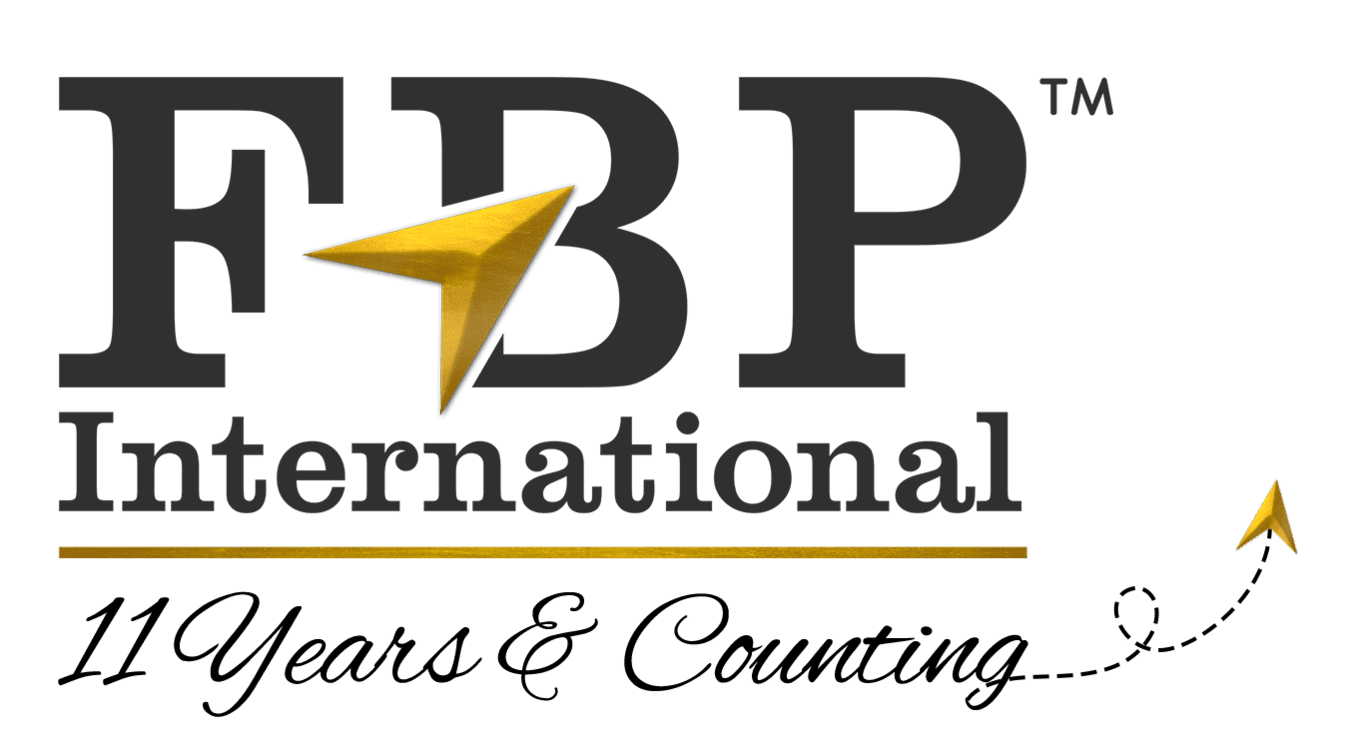Australia, known for its diverse and unique wildlife, offers numerous sanctuaries where visitors can experience these incredible creatures up close. These sanctuaries are crucial in conserving, educating, and protecting endangered species. Here’s a guide to Australia’s most unique wildlife sanctuaries that should be on every animal lover’s bucket list.
1. Lone Pine Koala Sanctuary


Location: Brisbane, Queensland
Highlight:
- Koala Encounters: As the world’s first and largest koala sanctuary, Lone Pine offers visitors the chance to cuddle a koala.
- Diverse Wildlife: Home to kangaroos, wombats, dingoes, and platypuses, this park offers visitors the chance to hand-feed kangaroos and watch fascinating animal shows.
- Educational Programs: Offers interactive programs and presentations on Australian wildlife and conservation efforts.
2. Healesville Sanctuary


Location: Yarra Valley, Victoria
Highlights:
- Native Species: Focuses on Australian native animals, including kangaroos, koalas, emus, and echidnas.
- Platypus Conservation: One of the few places to see the elusive platypus up close.
- Birds of Prey: Features daily bird shows showcasing the skills of Australia’s raptors.
3. Kangaroo Island Wildlife Park


Location: Kangaroo Island, South Australia
Highlights:
- Diverse Fauna: Houses over 150 species, including koalas, kangaroos, and various reptiles.
- Interactive Experiences: Offers opportunities to feed kangaroos, hold koalas, and interact with various animals.
- Conservation Efforts: Active in wildlife rescue and rehabilitation, especially after the devastating bushfires.
4. Bonorong Wildlife Sanctuary


Location: Brighton, Tasmania
Highlights:
- Tasmanian Devils: A key focus on conserving the endangered Tasmanian devil.
- Nocturnal Tours: Unique night tours to observe nocturnal animals in their natural habitat.
- Wildlife Hospital: Houses a wildlife hospital dedicated to caring for and rehabilitating injured animals.
5. Currumbin Wildlife Sanctuary



Location: Gold Coast, Queensland
Highlights:
- Rainbow Lorikeet Feeding: Famous for its daily lorikeet feeding sessions where visitors can feed the colourful birds.
- Indigenous Culture: Offers cultural experiences with Aboriginal performances and displays.
- High Ropes Adventure: Adventure activities, including a treetop ropes course, add a unique twist to the wildlife experience.
6. Australian Reptile Park


Location: Central Coast, New South Wales
Highlights:
- Venom Collection: Known for its venom collection program for producing antivenom.
- Alligator Feeding: Exciting alligator feeding shows and hands-on experiences with various reptiles.
- Spider World: Features an extensive exhibit on Australian spiders, including the notorious funnel-web spider.
7. Featherdale Wildlife Park


Location: Sydney, New South Wales
Highlights:
- Native Wildlife: Home to many native animals, including kangaroos, koalas, and wallabies.
- Hand-Feeding: Visitors can hand-feed kangaroos and wallabies and have close encounters with koalas.
- Interactive Learning: Offers educational talks and interactive exhibits about Australia’s wildlife.
8. Phillip Island Wildlife Park


Location: Phillip Island, Victoria
Highlights:
- Penguin Parade: Famous for its nightly Penguin Parade, where visitors can watch little penguins return to their burrows.
- Koala Conservation: Features a koala conservation centre for up-close encounters.
- Seal Watching: Boat tours to watch fur seals in their natural habitat.
9. Alice Springs Desert Park


Location: Alice Springs, Northern Territory
Highlights:
- Desert Ecosystems: Showcases the flora and fauna of Australia’s desert regions.
- Nocturnal House: Houses a nocturnal house for observing desert-dwelling nocturnal animals.
- Cultural Programs: Offers insights into the Aboriginal connection to the land and its wildlife.
10. Wildlife Habitat



Location: Port Douglas, Queensland
Highlights:
- Rainforest Environment: Immersive experiences in rainforest, wetland, and savannah environments.
- Bird Encounters: Close encounters with various bird species, including cassowaries and parrots.
- Animal Rehabilitation: Active in rehabilitating injured and orphaned wildlife.
Conclusion
Australia’s wildlife sanctuaries offer the chance to see and interact with unique and diverse animals and learn about the importance of conservation efforts. These sanctuaries provide safe havens for endangered species and play a crucial role in educating the public about the significance of wildlife protection. Whether cuddling a koala, feeding a kangaroo, or watching a penguin parade, these experiences will leave you with lasting memories and a deeper appreciation for Australia’s remarkable wildlife.




